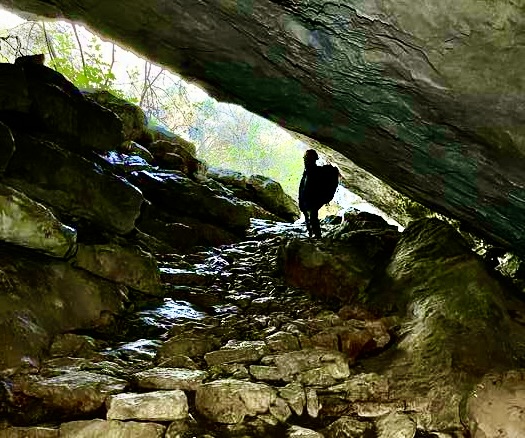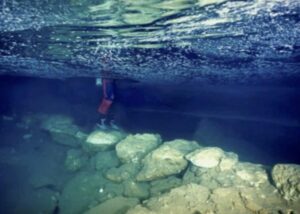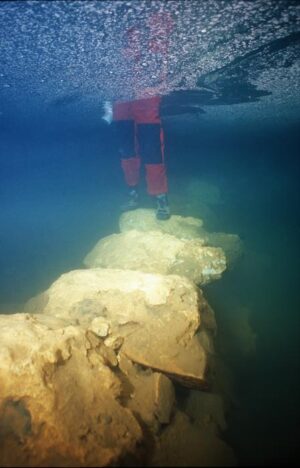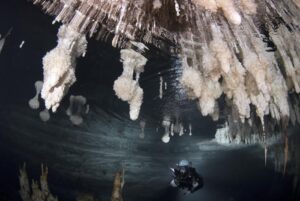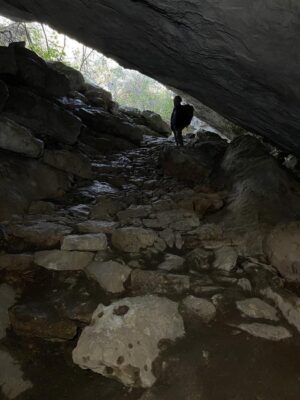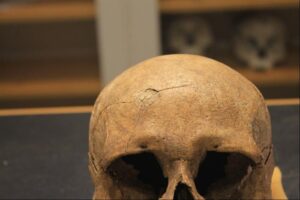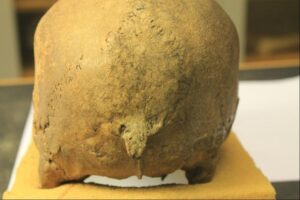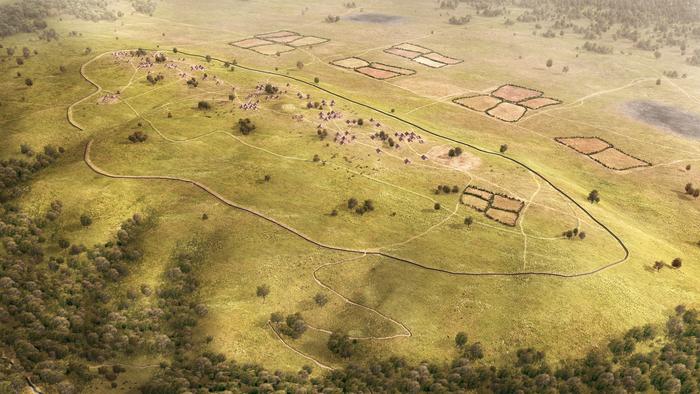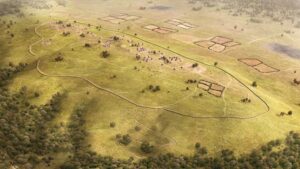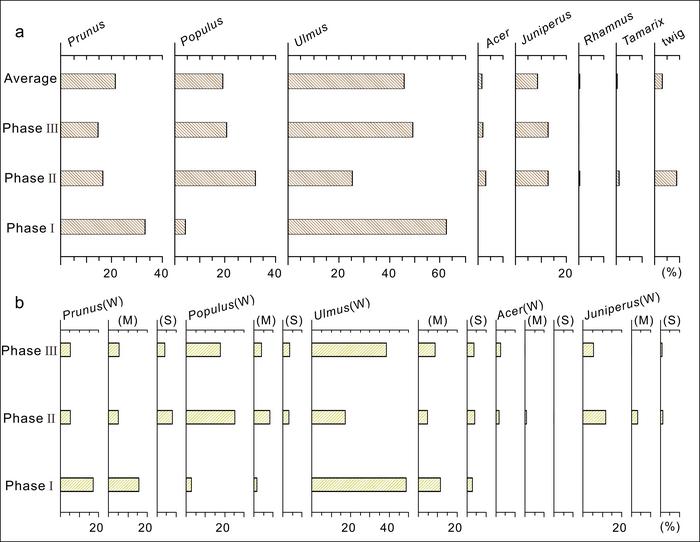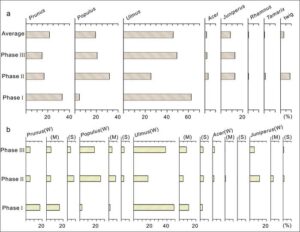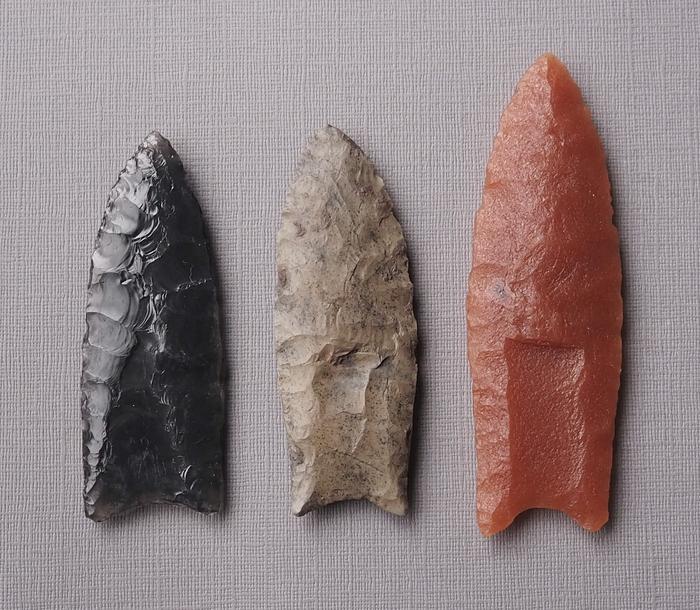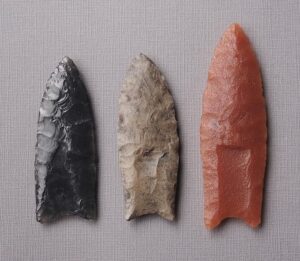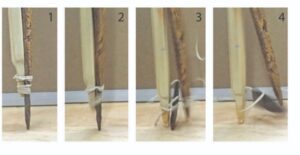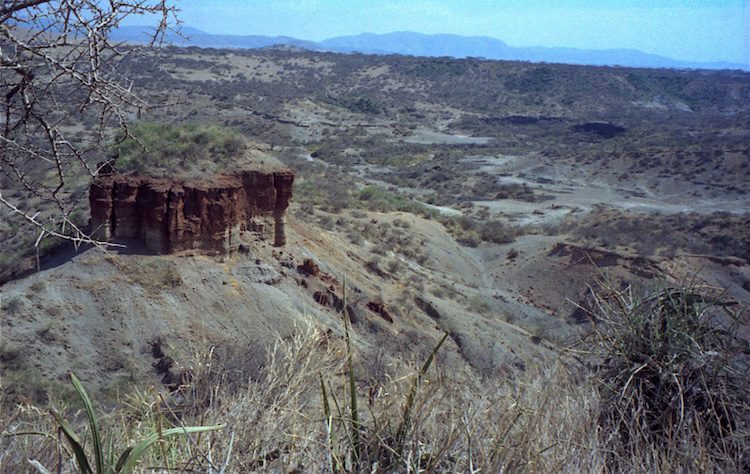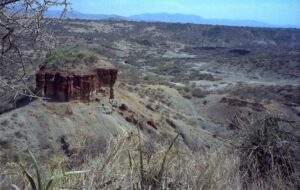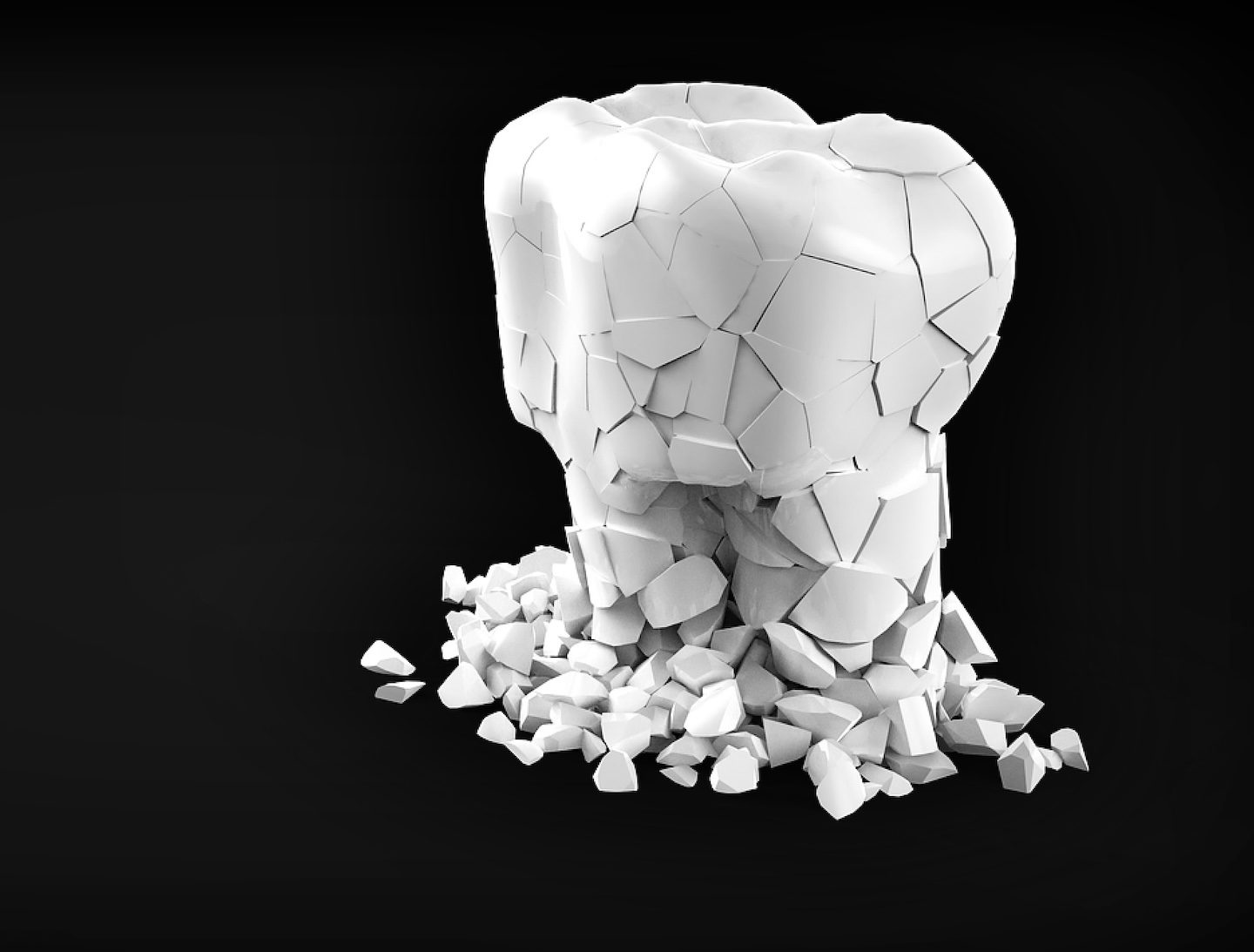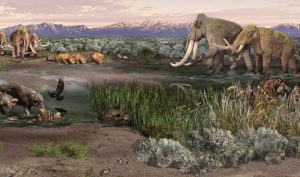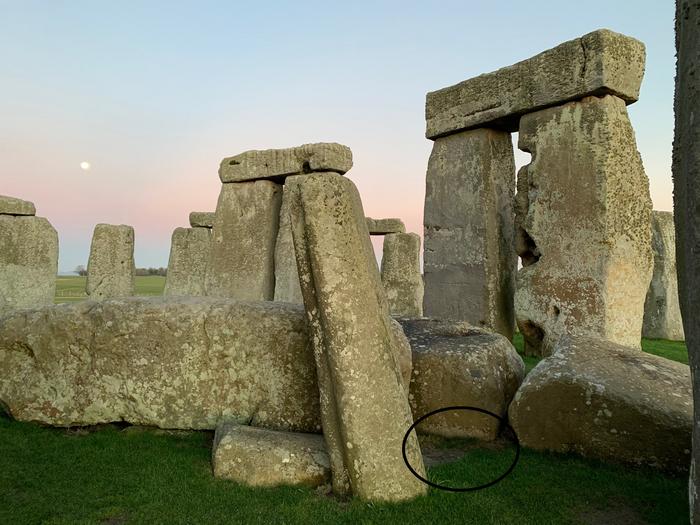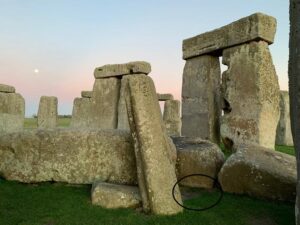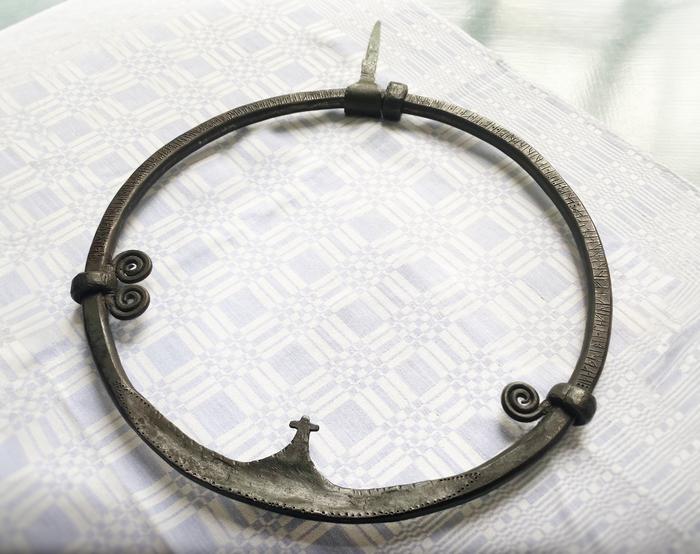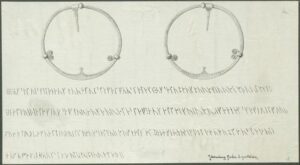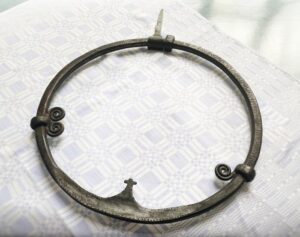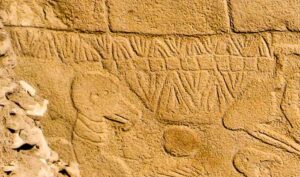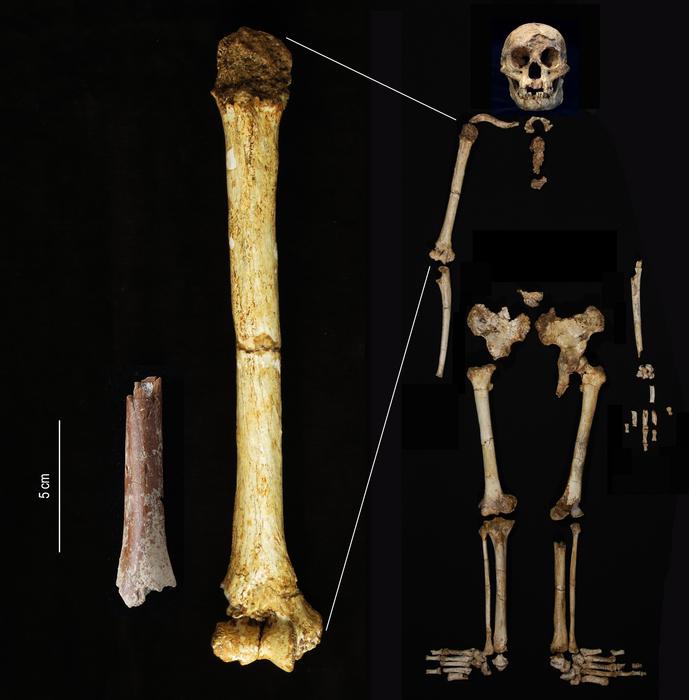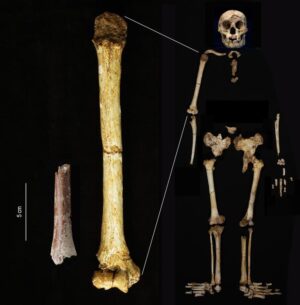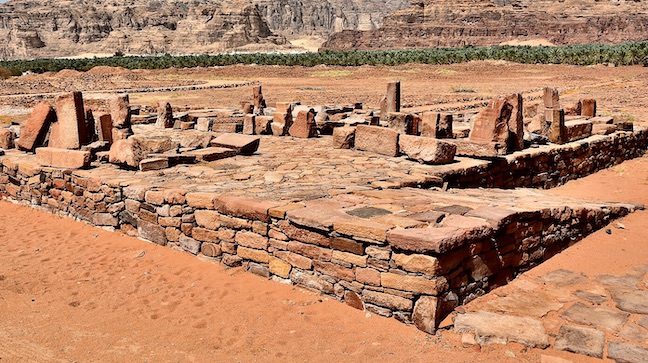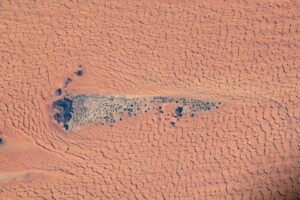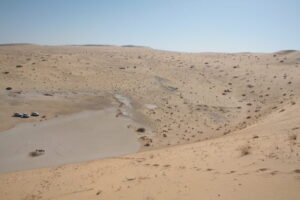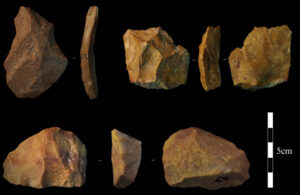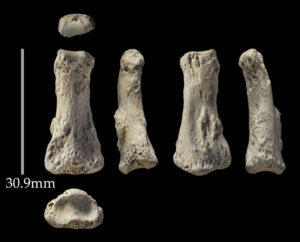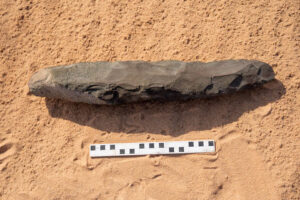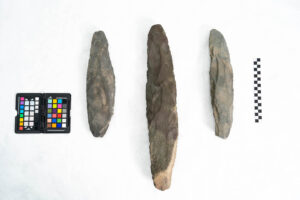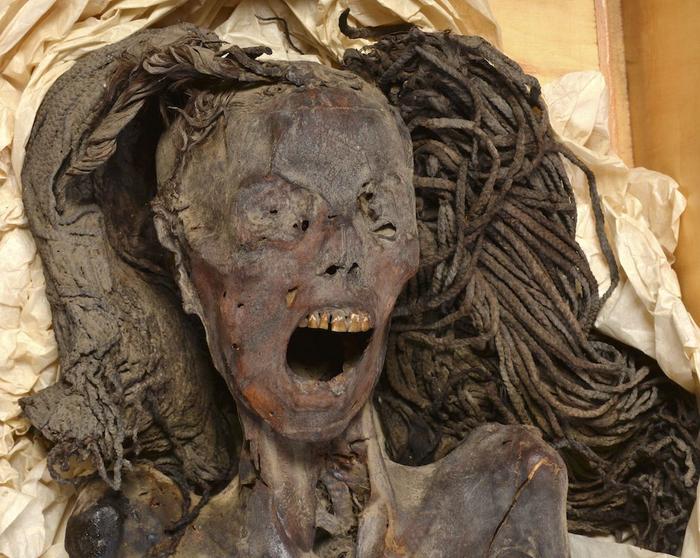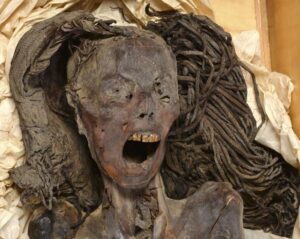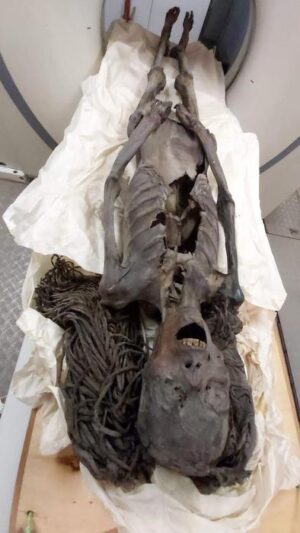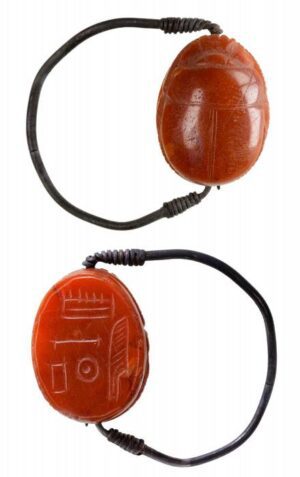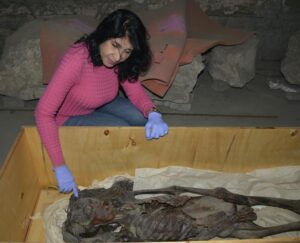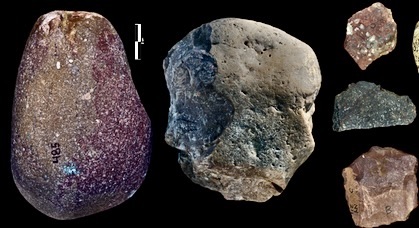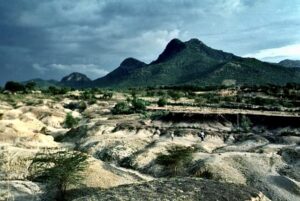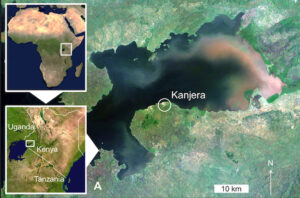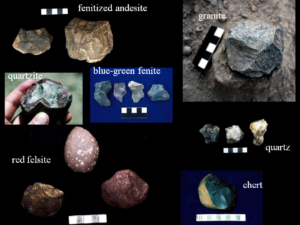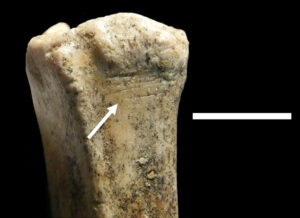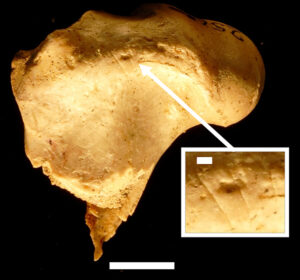
Our investigation of the disastrous society-wide collapses of four premodern polities, China’s Ming Dynasty, the South Asian Mughal Empire, the High Roman Empire, and Renaissance Venice led to the discovery of an unexpected historical pattern. This revelation was not evident before these sudden collapses as all four polities had demonstrated forms of governance that persisted for centuries, had been among the wealthiest and best-governed polities of their eras, and had embraced policies fostering inclusiveness and egalitarianism that engendered strong support from the majority of their citizens.
We could not identify any exogenous causal factors for the collapses—such as drought, epidemic, or conquest by a more powerful foe (three of the four eventually were conquered, but only after their governments were considerably weakened)—adding to our confusion about what led to these major political transformations.
To understand the reasons for the political breakdowns, we decided to revisit an earlier article in which we had posited an answer to this question when it became increasingly clear to us that the conflictive political culture of the contemporary U.S. presents striking parallels with what we had discovered. We aim to reexamine our article to bring a comparative perspective on historically well-known episodes of collapse, their causes, and negative outcomes, and to alert U.S. citizens of the potential dangers we face, so we can highlight the need to take urgent corrective actions. We begin by referring to recent works by political scientists and anthropologists that provided theoretical context for our arguments.
Collective Action Theory Expands Our Understanding of Governance
In all four instances, collapse followed quickly after the leaders of these polities inexplicably and suddenly abandoned principles and practices that had successfully underpinned state-building and social stability. Their actions initiated a cascading series of events that brought a rapid decline in many aspects of society, which extended beyond the government. But why would the actions of just a few people have such severe consequences for otherwise endurable and well-organized polities?
We identified a plausible answer to this question when we considered collapse from the vantage of recently developed theories of human cooperation developed by political economists Margaret Levi and Elinor Ostrom, along with several others. The cooperation ideas intrigued us because they potentially laid down a pathway to evaluate traditional claims that state-building did not result from cooperation in premodern times, but from the actions of the autocratic elite who coercively gained dominion over subservient and easily mystified subaltern subjects. A reliance on coercion was foundational for the traditional Western understanding that the rise of democracy in Classical Athens 2,600 years ago was an exceptional event that set Western (“Occidental”) political history on a separate and democratic track, sharply different from the “Oriental” autocracies. But is this entrenched presumption correct?
Humans as ‘Contingent Cooperators’
The most salient feature of collective action theory separating it from the Orientalist tradition is that it does not presume mystified subaltern subjects nor coercive leadership. The theory hypothesizes that both ruling authorities and subjects are thoughtful social actors (“contingent cooperators”) who will agree to limit their selfish actions when they perceive that the actions of others are consistent with mutual benefit (“contingent mutuality”).
Our recent work in this regard has supported the hypothesis as applied to state formation. What we have found is that subjects are more likely to gain confidence in governing authorities and the policies and practices of a government based on the degree to which the leadership willingly provides elements of what is called “good government” (or “good governance”).
Good governance includes the degree to which leadership will accept limits on its power, is willing to develop the governing capacity to identify and punish official corruption, is willing to provide citizens access to an impartial judiciary, and is prepared to implement equitable taxation, to open up access to positions of governing authority without favoritism, and to provide public goods beneficial to all households.
A key aspect of good governance is that if its benefits foster citizen confidence and compliance with obligations, its practices and principles must be judiciously adhered to, and good governance benefits must be made available across the realm without favoritism. We discovered that in instances where mutual benefit and good governance are key, state-builders and citizens recognized that impartiality was threatened when a leader’s power, or the state itself, was religiously sacralized. The same threat was felt when the state gained legitimacy and fiscal benefit by associating or controlling a particular religious institution (analogous to the contemporary concept of separation of church and state).
The population of Renaissance Venice, for example, was largely Catholic, yet featured considerable cultural diversity while also depending on trade relations with merchants who belonged to diverse cultures and religions. Correspondingly, strict rules prohibited affiliations of the leadership and their immediate family members with any religious institution. In South Asia, the Mughal Emperor Akbar instituted a strong program for governing in a diverse region that mandated religious neutrality of the state and encouraged reasoned dialogues between religious and political leaders. The Roman and Ming leaderships certified their legitimacy to govern, not as religiously sanctified beings, but as leaders whose actions were expected to benefit society. The policy of the Ming Dynasty also emphasized the need for neutrality in its dealings with the three main religions of its time.
A Cross-Cultural Study of Premodern States
We coded the good governance attributes across a worldwide sample of 30 premodern polities, and subsequent archaeological work by us and others has provided additional pertinent data. We also considered other variables that we hypothesized might enrich our understanding of the causes and consequences of mutual benefit and good governance; for example, we coded for demographic trends, which are population growth/loss, material standard of living of households, and the frequency of political struggles and organized opposition to state policies and practices. We also coded the relative severity of social, demographic, and agricultural changes after the collapse of the four polities.
Was Western Political History Really Unique?
Armed with a new theory, good governance measures to evaluate it, and a vast array of descriptive studies available from ethnographic, historical, and archaeological sources, we dwelled on the question: Was Western political history really unique? We know that coercive and autocratic states did exist in the past, as they still do today, but were there also experiments in state-building, outside of Western history, which were based on contingent mutual benefit and good governance, and were they similar to democracy? The coding of good governance variables yielded a surprising answer to this question as we were able to identify such experiments.
Although there is considerable variation in the details of governance across these cases, we identified forms of governing outside of Western history in which the central force guiding political change was contingent on the bond of obligation between governing authorities and subjects rather than on coercion. Further, in such cases, we also found that mutual benefit and good governance brought numerous advantageous downstream consequences for their respective populations.
For example, compared with the more autocratic and coercive states, the collectively organized polities were more politically stable, in part because public safety was greatly enhanced, there were far fewer episodes of anti-state movements (although disgruntled elites often would militate against the more egalitarian and inclusive policies), and there was a reduction in the frequency of internal conflicts between ethnic groups or religious groups.
As a result of these outcomes, resulting in part from the fact that states organized based on mutual benefit and good governance, citizens were provided with opportunities to engage in cooperative social interactions and alignments that could bridge social, cultural, and economic cleavages. Good governance, for one, was a fertile ground for commercial growth in the form of marketplace economies that provided new opportunities and increased living standards for buyers and sellers irrespective of wealth, patrimony, or rural-urban setting. Marketplace economies grew alongside other institutional outcomes, including open recruitment to positions of governing authority, which provided entirely new pathways to social mobility for the public. Well-organized and more livable cities, which were easy to navigate, also enhanced possibilities for commingling, cooperative interactions, and bridged social alignments weakening the likelihood of antagonism between different groups.
The collective action theory is an action-oriented framework that focuses on the idea that diverse webs of cooperative action in society are engendered by the palpable social actions of persons who want to realize collective benefits. In relation to leadership, this requires a display of commitment to carrying out the necessary and often challenging work of good governance.
Patterns of Stability and Collapse: Three Counterintuitive Discoveries
To confirm that premodern governments could, in some respects, display features that we associate with contemporary democracy was itself a surprise, but we discovered other unanticipated aspects of premodern governance:
Endurability: Despite the obvious advantages in cases where we see a focus on mutual benefit and good governance, their focal periods (the period when a particular set of policies and principles remained stable) were only slightly longer, at 166 years on average, compared to the more autocratic polities with focal periods of 152 years, a difference that is not statistically significant. In addition, polities built more strongly around mutual benefit occurred relatively infrequently (only 27 percent of our sample had consistently high scores for good governance). This shows that despite the advantages of mutual benefit and good governance, they have been difficult to build and sustain in the long run.
Collapse Patterns: Further, while providing many more benefits to their citizens compared to autocratic polities, states that organized to achieve good governance also had more of a collapse pattern than polities that scored lower on good governance. That pattern includes the emergence of damaging factional struggles for power, the loss of fiscal viability of the state, and even food shortages and demographic decline.
Collapse in the case of autocracies brought less serious consequences because, lacking much in the way of governance, groups such as neighborhoods, ethnic groups, and rural communities were already organized at the local level to respond to hazards. Yet, this fragmented form of adaptation was itself problematic, precluding coordinated responses to, for example, urban fires, lawlessness, or the actions of wealthy entrepreneurs who, lacking any opposition from a well-organized authority, were in a position to distort fair marketplace pricing.
Initiating Collapse: Earlier we mentioned the separation of religion and state because, although violating its premise was not the only misstep exhibited by the respective leaderships, it was among the most damaging. In Ming China, collapse followed the actions of leaders of the mid-16th century, including the Chia-ching Emperor, who became so obsessed with Daoist ceremonies and alchemy that he neglected his duties; his successor, the Wanli Emperor, turned his attention to gaining personal wealth, a violation of long-standing prohibitions. In the case of the Mughals, the fourth emperor, convinced by Muslim leaders, abandoned religious neutrality, even taxing Hindus more than Muslims and permitting the destruction of new temples. The Roman Emperor Commodus lacked interest in governing and became an avid performer as a gladiator. He identified himself with the god Hercules. Following his failed reign, the empire devolved into a chaotic and corrupt system in which, as the historian Ramsay MacMullen concluded, “relationships involving anything other than the wish for material possession had no chance to develop.”
The case of Venice is particularly troubling in light of what has transpired in recent years in the U.S. Although the Venetian government possessed the institutional capacity to impeach leaders, when Doge Giovanni Cornaro and his family broke the religious neutrality and other rules, for example, as a result of his son accepting the position of Bishop of Bergamo, the governing council refused to impeach him. This action, regarded by many inside and outside of the government as a violation of long-standing rules, was not corrected, and the governing council’s response to criticism was to double down on its authority. These moves, according to the historian John Norwich made the council ever more unpopular both with the citizens and other organs of government and precipitated a rapid unwinding of the societal threads that had, for centuries, underpinned inclusive forms of cooperation and devotion to a governing system that aimed to realize the common good.
It is important to note that these polities had developed the governing capacity to productively address various expressions of social malfeasance, including administrative corruption and shirking and free riding among citizens that could challenge the confidence of people in each other and the government. Yet, when it was the leadership that turned away from meeting expectations—including diligence in sustaining a system of governance and maintaining its religious neutrality—all the governments in question illustrated a key vulnerability: they lacked the institutional capacity to punish leadership displaying self-serving acts contrary to the pursuit of societal benefit.
Moral Collapse and Its Relevance to Contemporary U.S. Politics
Like the societies we have discussed, the original charters of the U.S. government featured mutual moral obligations between governing authorities and citizens at their core and specified key governing precepts, including the rule of law, the peaceful transfer of power, inclusion, checks and balances on the concentration of power, and the separation of church and state. Over more than two centuries, these principles, although sometimes opposed, have largely been followed. But now they face serious challenges from the presumptive leadership of the Republican Party and influential governing bodies including the Supreme Court.
These challengers reject the notions of inclusiveness and lawfulness embedded in the original charters in a way that does not align with what the majority of American citizens believe and would like to preserve. In particular, challengers deviate from broad sensibilities both when they show strong support for the idea that white nationalist ideologies and religious fundamentalism should serve as the religious foundation for our governing practices and principles, and when they assert their belief that violence is an acceptable means to achieve political goals in the face of opposition.
We hope that our discussion of historical cases is a reminder that mutual benefit and good governance succeed or fail based on the choices of contingently cooperative citizens. Contingency implies that, as in Venice and the other cases we pointed out, the loss of citizen confidence in the leadership can trigger an unexpected unwinding of the societal threads that underpin inclusive forms of cooperation and devotion to a governing system designed to realize common good.
Cover Photo, Top Left: Ruins of the Temple of Jupiter of the ancient Roman Empire. djedj, Pixabay
______________________________
This article was produced by Human Bridges.

